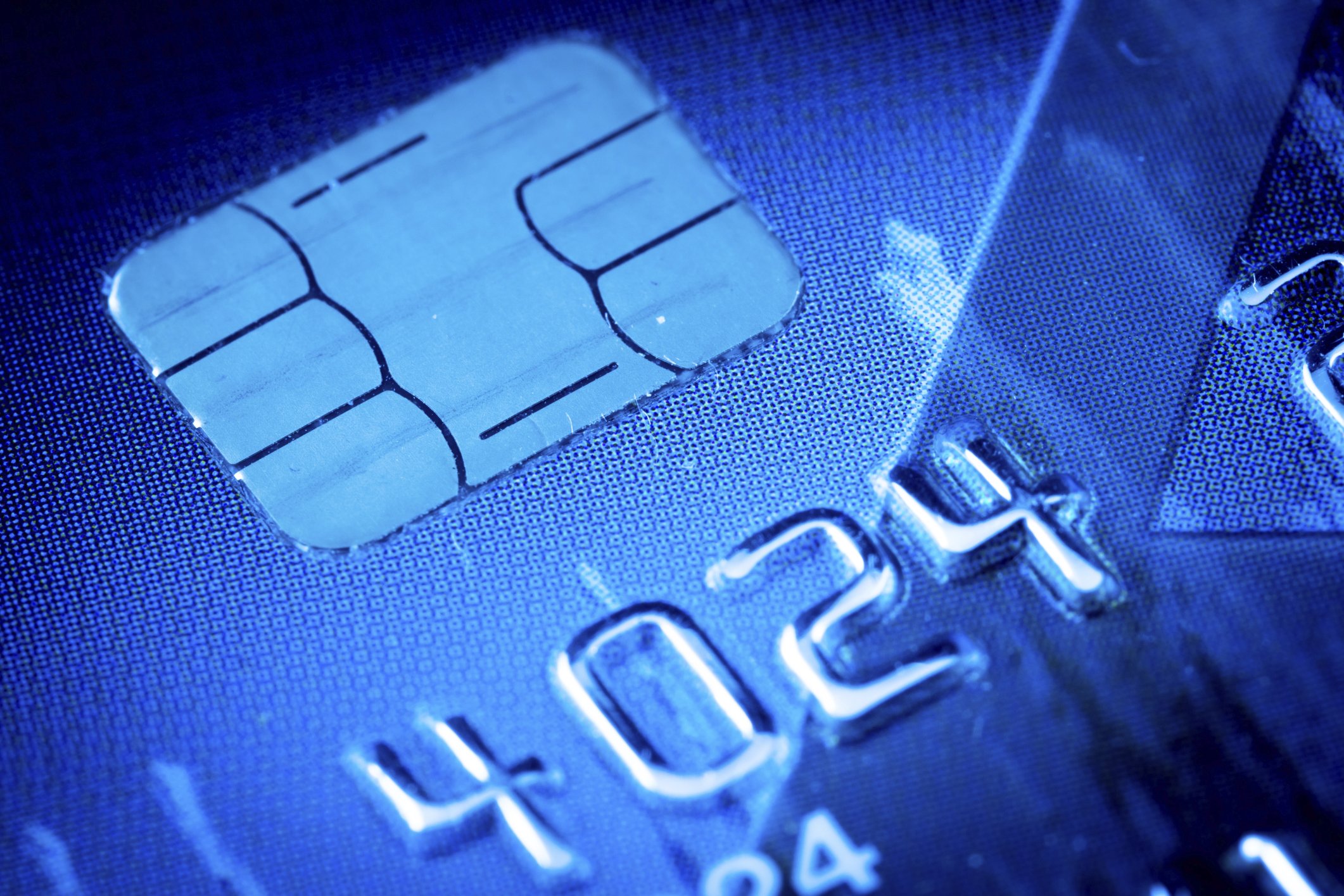 A new rule imposed by the credit card associations took effect Oct. 1, 2015, mandating that merchants accept chip cards or face increased liability for fraud. The date passed last year with a lot of fanfare and considerable frustration; many smaller merchants complained they weren’t ready.
A new rule imposed by the credit card associations took effect Oct. 1, 2015, mandating that merchants accept chip cards or face increased liability for fraud. The date passed last year with a lot of fanfare and considerable frustration; many smaller merchants complained they weren’t ready.
Chip cards had been available for more than a decade, but the U.S. had long been a laggard — until a string of high-profile card database thefts, beginning with Target in late 2013, increased the urgency for conversion. Many consumers received new chip-ready cards soon after, but had no place to use them, as many merchants were reluctant to spend around $1,000 on new chip-read point of sale terminals.
But the 2015 liability shift deadline — which put merchants on the hook for any fraud that could be blamed on old-style magnetic card transactions — nudged many into making the change.
In a new report published to mark the anniversary, Visa said there were more than 363 million Visa chip cards in circulation in the U.S., and nearly 1.5 million chip-activated merchants.
More critically, the kind of fraud the chip cards are designed to thwart is predictably dropping fast.
According to an email from a Visa spokesperson, “counterfeit fraud at chip-activated merchants dropped 47% in May compared to a year earlier.”
Still, there is plenty of room to improve. Chip transactions represent only 37% of Visa’s in-store payment volume, according to Visa’s numbers. As anyone who has struggled with the choice to swipe or insert their plastic when paying at a cash register knows, plenty of stores still haven’t turned on their chip-enabled point of sale terminals yet.
Meanwhile, many consumers complained that the new chip technology was slowing them down; chip transactions could take 10 seconds or longer, when the old swipe was relatively instantaneous.
In March, we reported that four out of five merchants hadn’t turned on their chip readers, mainly because of a backlog in certifications required by banks. A lawsuit seeking class-action status was filed against the associations, with some merchants claiming their fraud bills had soared because of the liability shift while they waited for certification.
But some of those bumps were smoothed. In the spring, long checkout line waits improved when “quick chip” technology was introduced. That shrunk the time needed to keep a card inserted to two seconds or less.
Then this summer, both Visa and MasterCard announced changes to their liability rules that eased off some of the chip card switch pain.
Effective July 22, Visa said it would temporarily prevent banks from forcing merchants to pay for counterfeit card frauds less than $25. Starting in October, banks will be limited to 10 counterfeit chargebacks per merchant account.
“These two changes together will significantly reduce the number [of] chargebacks that merchants are seeing,” Visa said in its statement back in July. “Following these changes, merchants can expect to see 40% fewer counterfeit chargebacks, and a 15% reduction in U.S. counterfeit fraud dollars being charged back.”
So what’s next for EMV? The chip cards were never designed to stop all fraud. They just help make a certain kind of fraud — counterfeit card fraud — much, much harder. Of course, this prompted some criminals to focus their attention on online fraud, as no one inserts a chip card when online shopping. So that may very well be the next frontier for fraud-fighters. Online shoppers will likely be safer when a long-promised “token” system is in place to add security to the so-called “card not present” transactions. Seeing how long chip card adoption took, don’t expect that change to happen in the next few weeks or months, though.
It’s important to remember that your credit card spending can have a big impact on your credit. You can see where your credit currently stands by viewing a free snapshot of your credit reports, updated every 14 days, on Credit.com.
This article originally appeared on Credit.com and was written by Bob Sullivan.










